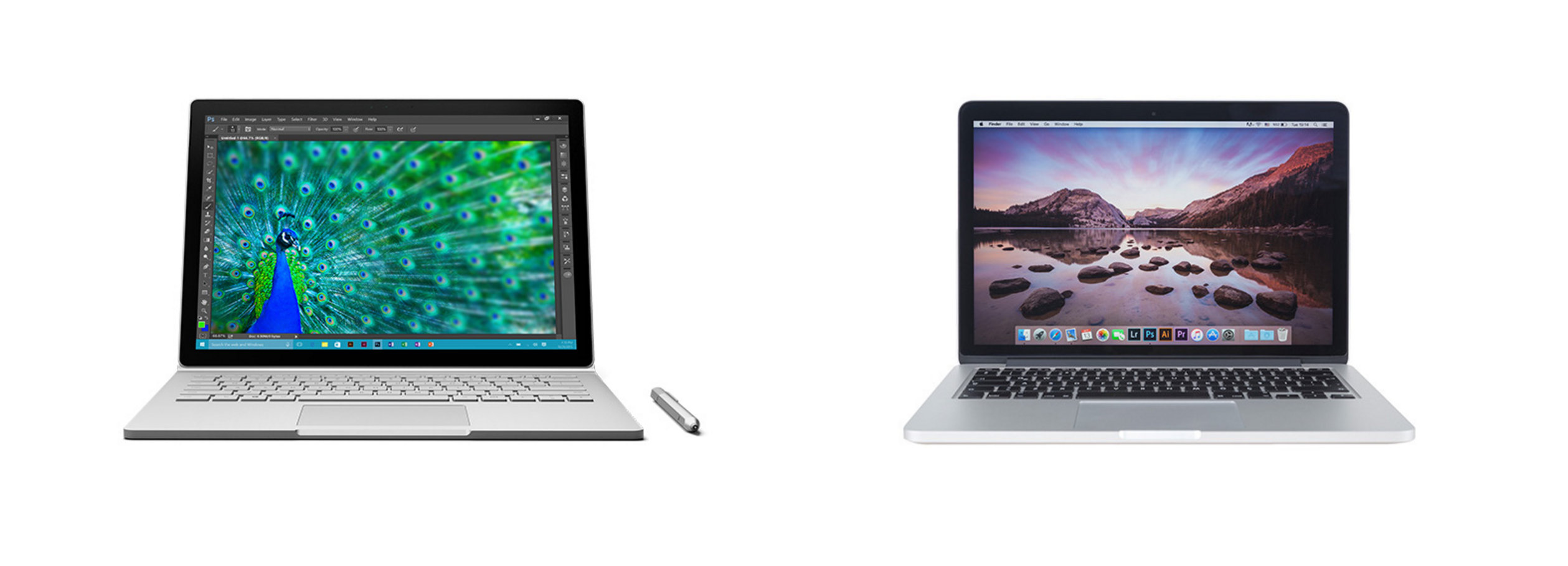
That question is: what is an ultrabook?
Those who are old enough to remember the Pentium III, they couldn’t even fathom the dawn of the ultrabook until it actually happened: until laptops reached a point where battery life, lightweight, and power could co-exist into the same machine.
Even the first Apple MacBook, as advanced as it was for its time, wasn’t anywhere close to the sophistication of the latest MacBook Pro.
Ultrabooks are about letting go of an expectation that wires your mindset towards an unachievable standard, set according to the difference between what we knew and what we know now.
Prior to the ultrabook, we had the desktop, which, towards the late 90s, was as common as the refrigerator, and those awful VCR-CD player combos. Laptops were still a luxury, with mediocre specs, but the real problem was the software and the operating systems of the era.
In simple terms: software sucked, whether it was online, or on your desktop. Windows users were hit particularly bad by malware, spyware, adware, and all sorts of terrible drains on resources, to a point of turning Microsoft Windows into the punchline of Apple user’s jokes.
On the other hand, Apple computers didn’t have the same problem, but the price tag was considerably higher, which forced a fair share of budget consumers to “toughing it out”.
The ultrabook couldn’t have happened without a complete change in mindset. Software moved to the cloud, and turned into an on-demand service like Netflix, which is delivered through apps, or desktop downloaders, like GeForce Experience, Adobe CC, and yes: Windows Update.
Processors have gotten faster and smaller, with Intel a few steps away from delivering 10 nanometer chips to consumers, and GPUs capable of staggering quality, frame rate, and complexity, to a point where photorealism in gaming and professional applications is a thing that we can almost take for granted.
Alas, the fact is that if it weren’t for that very change in mindset, and the way applications are created, ultrabooks would be just as slow and terrible as those dusty dinosaurs of the 90s.
The ultrabook is also an entirely different animal by design. It breaks from the former paradigm of a screen and a keyboard folding at a hinge. The ultrabook is a laptop, but it is also a tablet, a phone, a sketchbook, and a television set. It’s a media center, and a newspaper, and just as light and portable.
It also varies according to the experience you want to have, and also, according to the operating system of choice.
When Microsoft Surface Book was first introduced, may have had a few hiccups, mostly in regard to software bugs, but the logic was, and still is sound. The era of the ultrabook is here, and the Surface Book is one very prominent example of the evolution of consumer computing.
Apple, in the other hand, has chosen the path most traveled, with a familiar form factor that doesn’t break very far from the mold of a traditional laptop. With that said, when it comes to specs, operating system and features, Apple moves forward at its very own, unique pace, by introducing elements that consumers will learn to love, while others they’ll eventually have to let go, like the MagSafe connector, and the USB port.
It is true that Microsoft seems to be a bit more lenient with its way of introducing and shedding features than Apple, and that’s where the Surface product line may have the upper hand with some category of consumers.
Whether you choose a Surface Book or an Apple MacBook Pro, the important question consumers need to ask themselves is “what kind of ultrabook experience do i want?”, which is way beyond a simple Mac versus PC dilemma.
Ready to shop?
PortableOne has the best deals on Microsoft Surface Book laptops, and more powerful devices for work and downtime.